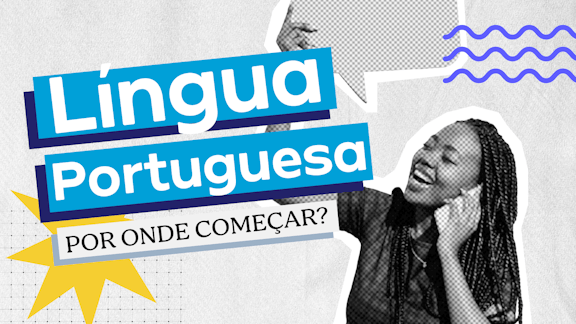Segundo o estudo apresentado no texto, as referências a atletas femininas:
Is some Olympic commentary sexist?
By Claire Bates, 11 August 2016
According to a recent study by Cambridge University Press. Researchers
analysed millions of words relating to men and women and Olympic sports
in the Cambridge English Corpus (CEC) and the Sport Corpus - massive
databases that include news articles and posts on social media. The study revealed common word combinations for female athletes
included aged, older, pregnant and married or unmarried. In contrast, top
word combinations for male athletes included fastest, strong, big and great. It also found that the language around women in sport also focussed
disproportionately on appearance, clothes and personal lives. It’s not just language where there is a difference in attitude - female Olympic
athletes are still garnering far fewer column inches and given less TV airtime
than their male counterparts. Researchers found men were mentioned twice as
often in the CEC and three times more often in the Sports Corpus. However, some things are changing. The proportion of female athletes
competing at the Olympics has increased with every games since 1964 when
it was 13.2%. By 1988, 26.1% of competitors were women and in Rio 2016 it
is 45%.
(Adaptado de www.bbc.com - acesso em 11/08/2016)
Gabarito comentado
Resposta: Alternativa C
Tema central: trata-se de uma questão de interpretação de texto sobre como a linguagem de comentários olímpicos difere quando se refere a mulheres e homens. Para responder é preciso identificar a ideia principal do trecho e reconhecer paraphrases (ideias reescritas).
Resumo teórico rápido: leitura crítica exige atenção às palavras-chave (ex.: appearance, clothes, personal lives, fastest, strong) e ao que o autor afirma explicitamente. Fontes citadas no texto: estudos do Cambridge English Corpus e do Sport Corpus e reportagem adaptada da BBC (Cambridge University Press).
Por que a alternativa C é correta: o texto afirma que a linguagem sobre mulheres no esporte "focused disproportionately on appearance, clothes and personal lives" e lista collocations que não são atributos atléticos (aged, pregnant, married/unmarried). Ou seja, as referências às atletas femininas tendem a enfatizar características pessoais e de aparência — itens não necessariamente relacionados ao desempenho esportivo. Isso corresponde exatamente ao sentido da alternativa C.
Análise das alternativas incorretas:
- A (errada): diz que referências a atletas femininas focam em menor proporção em aparência, roupas e vida pessoal. O texto diz o contrário — o foco é proporcionalmente maior.
- B (errada): afirma que palavras usadas incluem “fracas”, “pequenas”, “delicadas”. Essas não aparecem no estudo; o texto lista outros termos (aged, pregnant etc.), logo B distorce a informação.
- D (errada): sustenta que tais referências "nunca são fornecidas por mulheres", uma afirmação categórica e não sustentada pelo texto — inexistente na fonte, portanto falsa.
- E (errada): alega que quase sempre destacam a força das mulheres em competições onde os homens eram mais rápidos/fortes — contradiz o estudo, que associa força/rapidez mais frequentemente aos homens.
Dicas práticas para questões assim: identifique a ideia central; procure palavras-chave e collocations; elimine opções com termos absolutos (never, always); verifique se a alternativa é uma paráfrase fiel do texto.
Gostou do comentário? Deixe sua avaliação aqui embaixo!






